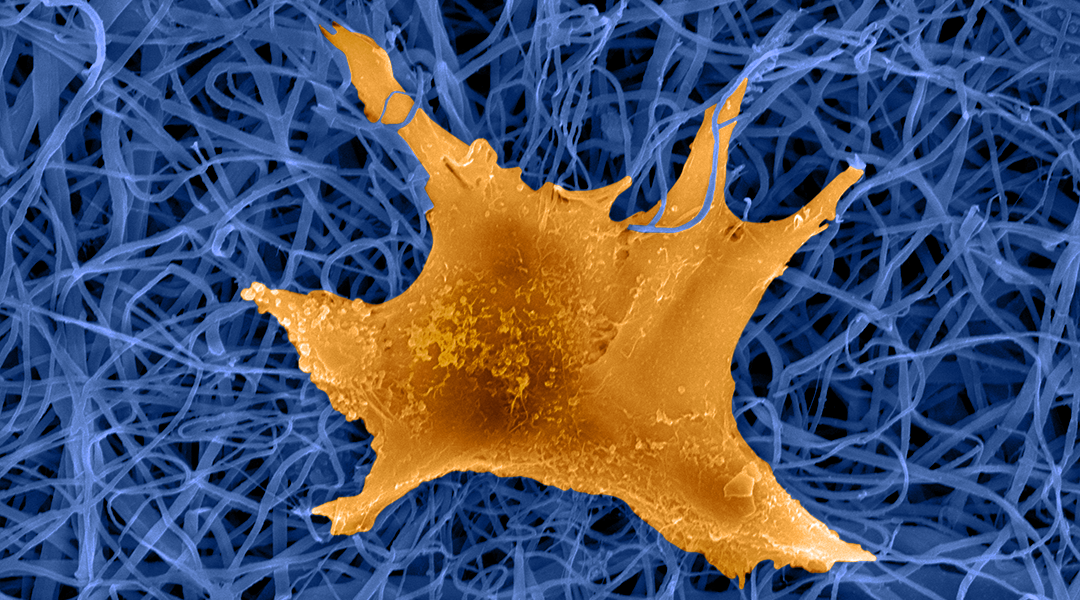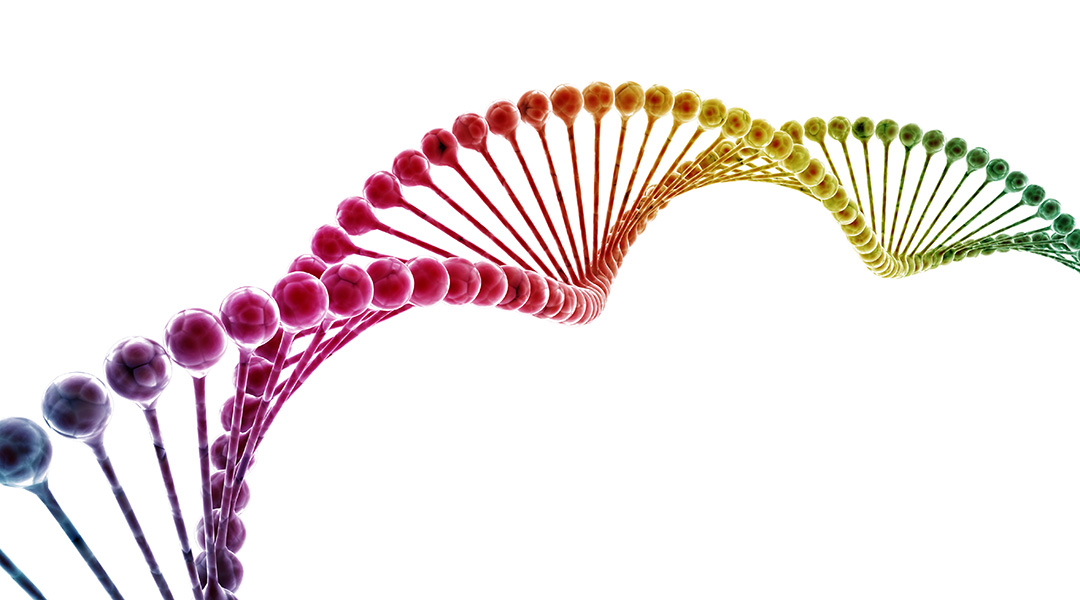Researchers at Houston Methodist Research Institute discuss how quantitative, non-invasive imaging can aid in developing novel tools for diagnosis and therapy.


Researchers at Houston Methodist Research Institute discuss how quantitative, non-invasive imaging can aid in developing novel tools for diagnosis and therapy.

Antibiotic-resistant bacteria are becoming a major global threat. Novel antibacterial nanomaterials offer a solution.

A nanocarrier that can deliver siRNA into the lungs is investigated for the treatment of severe asthma and other lung diseases.

The Lahann Lab at the University of Michigan discusses how nanomedicine benefits by bridging biology, engineering, and materials.

Exploring advances in extracellular vesicles research made in the last ten-years and how its leading to better clinical applications.

Electrospinning is an emerging fabrication technology that holds great promise in advancing skin tissue engineering and in developing an array of novel therapies.

How recent advancements in the developing of photoacoustic contrast agents are creating a better imaging technology.

Fluorescent carbon dots could change the way in which we visualize cells.

The current barriers of CRISPR/Cas9 delivery and promising development of nanoparticle-based approaches for precise gene editing.

Understanding how viruses protect their genome can now be accomplished using physics-based techniques.